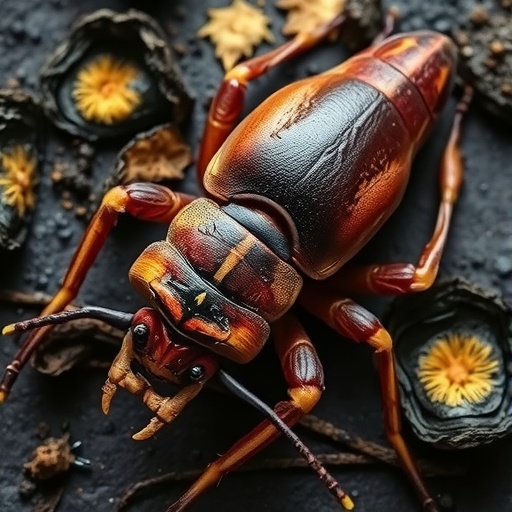James Cook University scientists have made a disturbing finding about some young Indigenous people's biological reaction to stress, but one that could help close the health gap for indigenous people.
The researchers have found young adult Indigenous people they tested show impaired secretion of the stress hormone cortisol and that their biological stress response is linked to the racial discrimination they experience.
Professor Zoltan Sarnyai led the team of scientists from the Australian Institute of Tropical Health and Medicine at JCU.
In their study published in the journal Scientific Reports, the team showed for the first time that the biologically important 'morning rise' of cortisol that prepares us to effectively deal with the daily hassles and stresses of life is missing in otherwise healthy Indigenous young adults.
Dr Sarnyai said cortisol concentration in the blood should be within a certain range.
"Too little or too much of it is dangerous for health. We can't tell why it is low in this case. One possible explanation is that previous stress, early traumatic events or even traumas of the past generation may have impaired the negative feedback system so the brain and the body feel as if there is too much cortisol around. So it shuts off its own cortisol production after awakening."
The absence of the morning cortisol rise was related to the levels of chronic stress the participants had experienced. Patients with common and severe mental disorders, including depression and psychotic disorders, similarly are missing such a morning rise.
Importantly, says Dr Maximus Berger, the first author of the study, there is evidence that the missing morning rise of cortisol indicates a risk for poor mental health in the future. This raises the possibility of using this measure to study risk for future mental ill health in young Indigenous Australians and other First Nations' people worldwide.
Dr Berger and his colleagues found that Indigenous participants who reported high levels of internalised racism (the acceptance of ethnic stereotypes relating to members of one's own group) showed blunted hormonal stress response, which points toward a link between discrimination and inability to adequately respond to stress.
Professor Sarnyai said it is highly unlikely that the observed abnormalities are due to genetic factors since the non-Indigenous group was comprised of an ethnically diverse group of individuals.
However, this study cannot rule out that epigenetic changes – the process by which a gene is switched on or off without changing the DNA code – caused by early experiences and even by transgenerational traumas might play a role.
Professor Sarnyai said the study could open up a new avenue to predict the development of mental health problems in First Nations' people.
"It may allow us in the future to objectively monitor efficacy of programs and policies to reduce the Indigenous health gap," he said.
###
Media Contact
Alistair Bone
[email protected]
@jcu
http://www.jcu.edu.au
############
Story Source: Materials provided by Scienmag




